I recently finished a book by Steven Pressfield, 36 Righteous Men. Pressfield is one of my favorite fiction authors; if you haven’t read Gates of Fire you don’t know what you’re missing. With that said, 36 Righteous Men wasn’t my favorite Pressfield work. When I read a line about a character “flicking the safety off” her Glock I cringed†. I realized this wasn’t the first book in recent memory with such a slip-up. Here are some common gun mistakes in fiction, as well as how to avoid making them.
This article contains affiliate links.
Please note, the appearance of a book in the featured photo above doesn’t say anything about the quality of its gun writing, good or bad. I just don’t own very many fiction books.
Gun Mistakes in Fiction Writing
Some authors really, really nail firearms stuff. Probably my favorite is Jack Carr, author of the four-part “Jim Reece” series. Carr gets every little detail right. But that’s because Carr is an insider, a former SEAL, and probably a serious gun guy. Some others are, too. Marcus Wynne is phenomenally accurate in regards to gun/ammo/holster/tactics stuff. Stephen Hunter (of Bob Lee Swagger fame) is said to be similarly well-informed about firearms but I admit I’ve read nothing he’s written.
Most fiction writers aren’t very versed in firearms. Still, with the wide array of information available on the internet it’s shocking to see such obvious mistakes as the ones discussed in this article. If you are a writer and have a question about firearms, contact me. I’ll try to answer anything, including how a particular firearm works to the choice of a plausible firearm for your character. If I can’t answer it (and I probably can’t answer historical stuff, like the period-correct-firearm for historical eras) I’ll just tell you I don’t know.
Let’s get into it. These are some of the most common gun mistakes in fiction works.
Manual Safeties
One of the most common gun mistakes in fiction concerns manual safeties. Little jerks me out of the moment faster than reading that, “he heard the ‘snick’ of the revolver’s safety…” Alternatively, this mistake is sometimes applied to Glock pistols, or other pistols lacking a manual safety. I get it. The safety coming off is another way to telegraph intent or ratchet up the tension. But if you know guns this kind of mistake is kind of a deal-breaker. Let’s talk about safeties for just a moment.
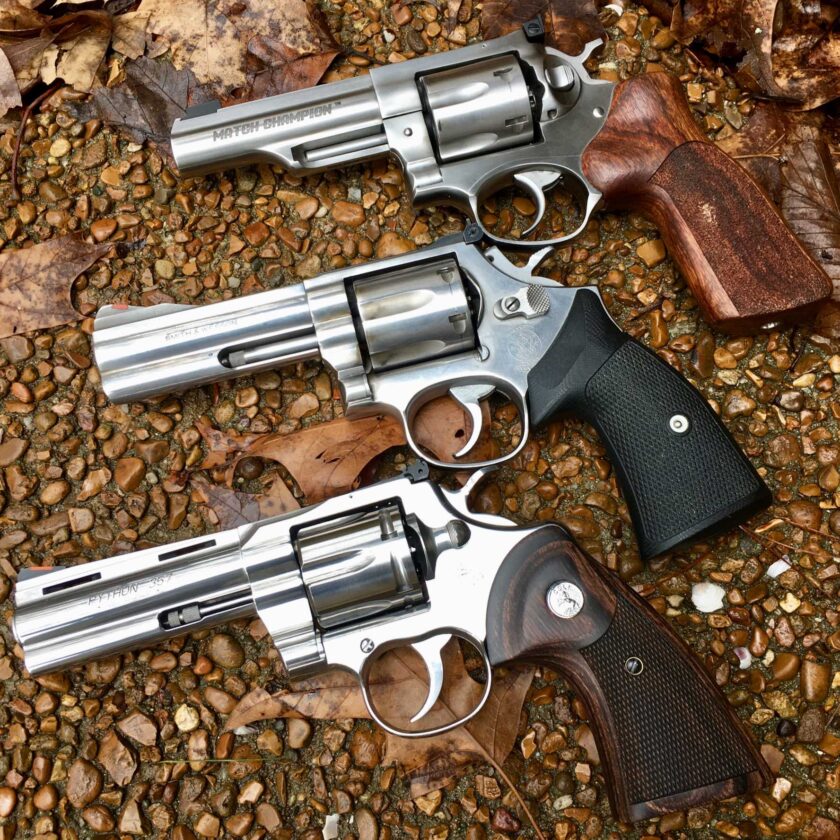
Since this very often occurs with a handgun in hand I will limit this discussion to handguns. Let’s look at some handguns that never have safeties, some that sometimes do, and some safe bets if you want your character to hear “the snick of the safety” in the final showdown.
Handguns that NEVER Have Safeties
Some handguns just don’t have manual safeties. While they may have passive safeties (that prevent them from firing when dropped) they lack any sort of feature that might be “flipped,” “flicked,” or “thumbed” to the fire position.
Revolvers: I don’t know of any revolver that has a manual safety. I’m sure one exists somewhere, but I don’t know about it. Instead, revolvers simply rely on a relatively heavy (10-12 pound) trigger pull as their safety. You can probably get away with the revolver’s hammer being cocked, but we’ll get to that in a second. As a few readers have pointed out some extremely rare revolvers do have safeties, like a special run S&W did for the Japanese police. It’s technically possible for someone to have a revolver with a safety but it still beggars belief that they would have such a rare, outlier firearm.
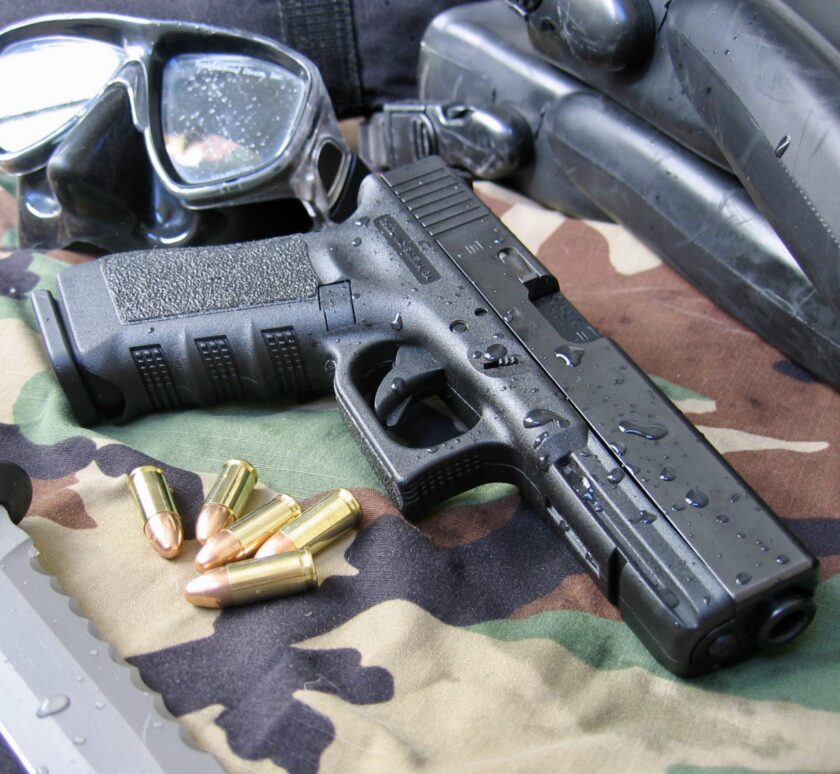
Glocks: Glocks do not have manual safeties that can be “flicked off.” No Glock firearm is or ever has been sold‡ with a manual safety. All of the safety mechanisms on a Glock are passive, meaning they are automatically disengaged when the trigger is intentionally pulled. They are primarily intended to keep the gun from firing when dropped. There are some aftermarket safeties that can be installed on Glocks but they are insanely rare (I’ve never actually seen one installed).
Handguns That HAVE Safeties
If you really, really want the safety to play a part in your story, equip your character with a gun that has a manual safety. Here are a few guns that have them:
- 1911s – Nearly every 1911 ever made has a very audible, “clicky” thumb safety. The 1911 remains very popular today and is a pretty easy sell for a bad guy or armed private citizen.
- Browning Hi-Power – not the most mainstream option in present-day but plenty of them are out there. I’d believe a story about an enthusiast carrying one, or a battlefield pickup.
- Beretta 92FS, the handgun used for 35 years by our military, a very large pistol but a very popular one for many years.
- S&W Pistols manufactured through the 90s into the early-00s like the 5906 below. No longer manufactured, tens of thousands of these pistols are in private hands via police department trade-ins.
- Walther PPK, the James Bond gun, a spy classic and a concealed carry classic of yesteryear.
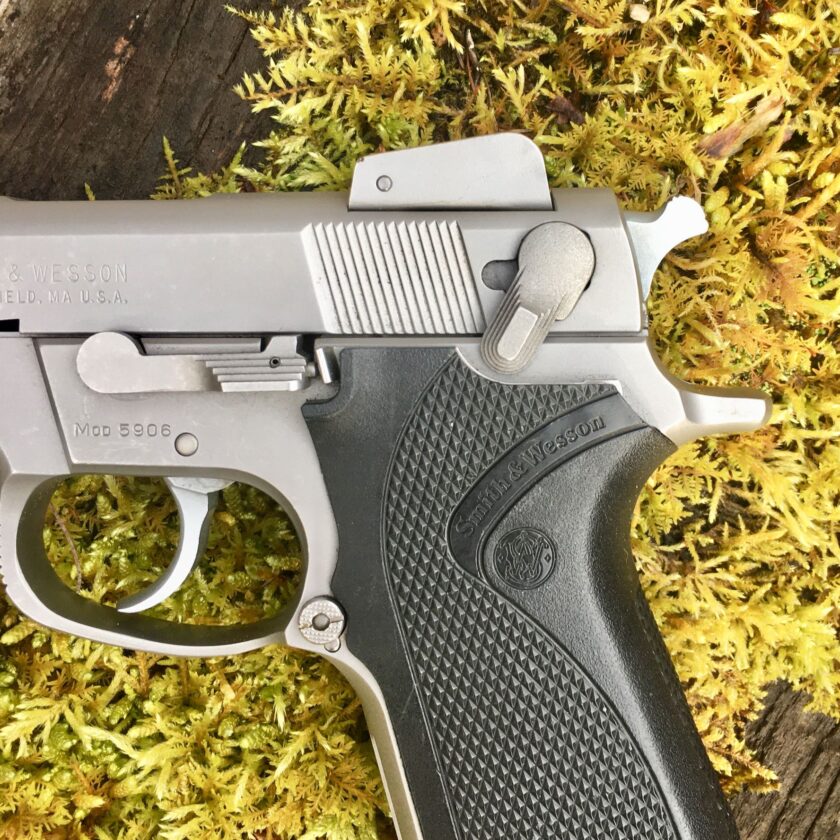
You will be on really safe ground referencing the safety on these guns. There are a lot of other guns that sometimes have manual safeties and many, many more that sometimes have them. For example the S&W M&P and Sig P320 families compete closely with the Glock family of firearms. Unlike the Glock, the M&P and Sig pistols are available with a manual safety. The option is not very popular, however, and you’re probably better off ignoring it with these pistols.
Really I’ll be happy as long as you don’t put a safety on a revolver or a Glock, and when your villain does flip the safety lever it’s on one of the guns listed above.
Cocking a Handgun
Another one of the more common technical gun mistakes in fiction is to reference “cocking” a handgun. In the fiction sense this is generally used as a device to increase tension or demonstrate the actor’s willingness to use force. While all handguns technically need to be cocked in some form or fashion, many of them simply can’t be thumb-cocked for dramatic effect. This one is a little bit tricky and requires understanding handgun action types. I’ll do my best to explain.
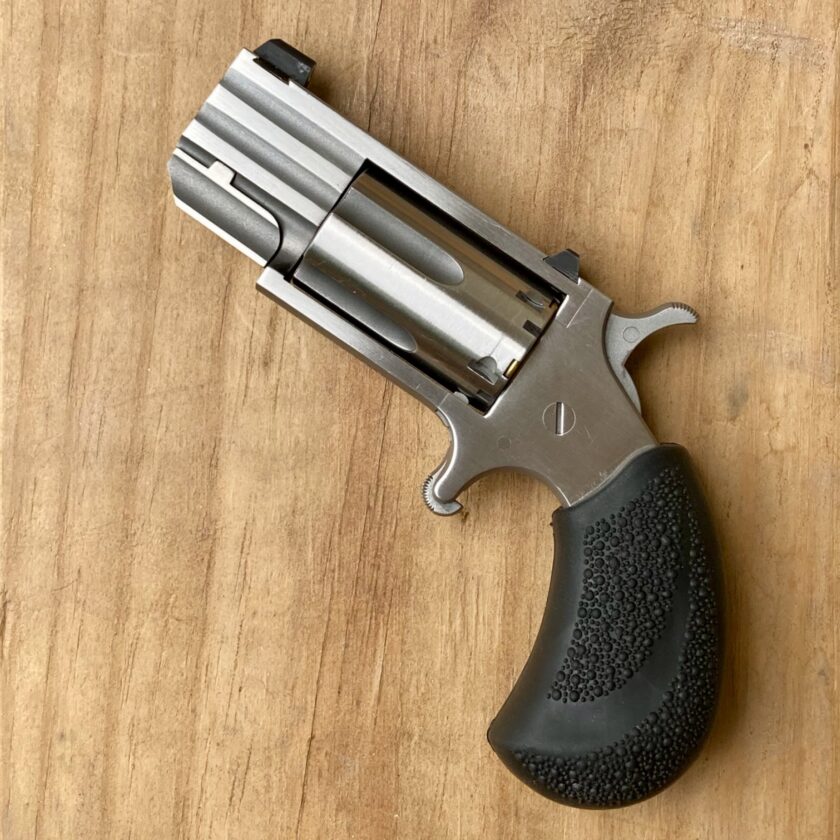
Single Action, Double Action, Etc.
Handguns are often categorized by their action type. Single Action (SA) handguns must have the hammer cocked – either manually or by the action of the slide – in order to fire. Single Action handguns may be either semi-automatics like the 1911 or the Browning Hi-Power, or revolvers like the Colt Peacemaker or NAA Mini Revolvers. Technically any of these can have the hammer thumbed back in the midst of fiction action.
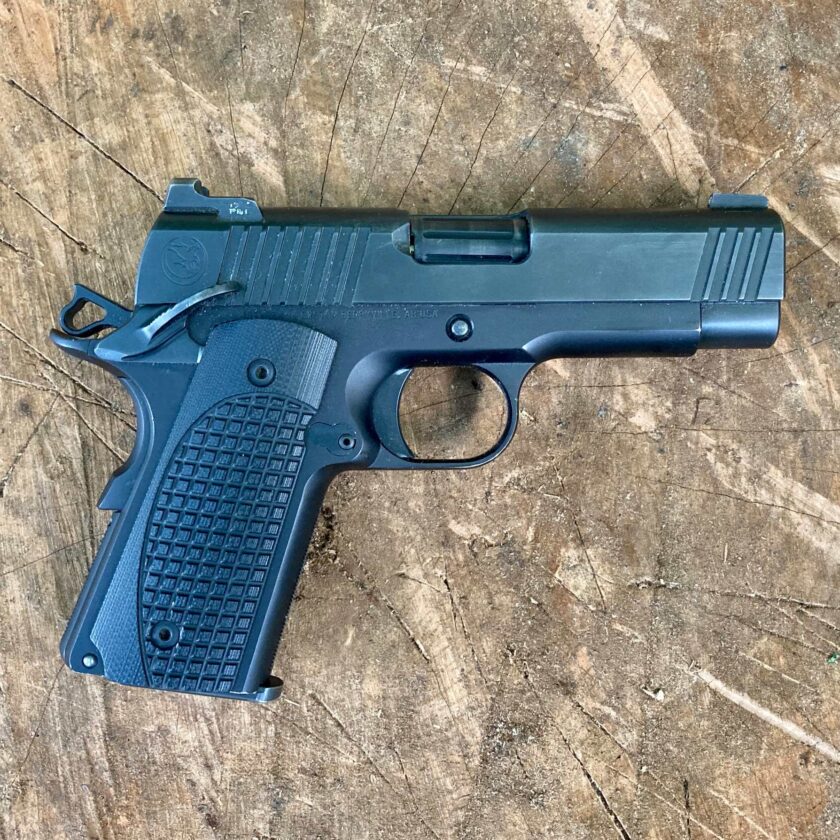
Double Action (DA) handguns can retract and release the hammer simply by pulling the trigger; cocking the hammer first is not required. A slight wrinkle on Double Action is “striker fired” handguns. These guns are considered Double Action but lack a hammer entirely. Instead they have an internal “striker” similar to a firing pin that is pulled back and released by the trigger (see 3:15 in this video). If you see “striker fired” in your research, this is what it means.
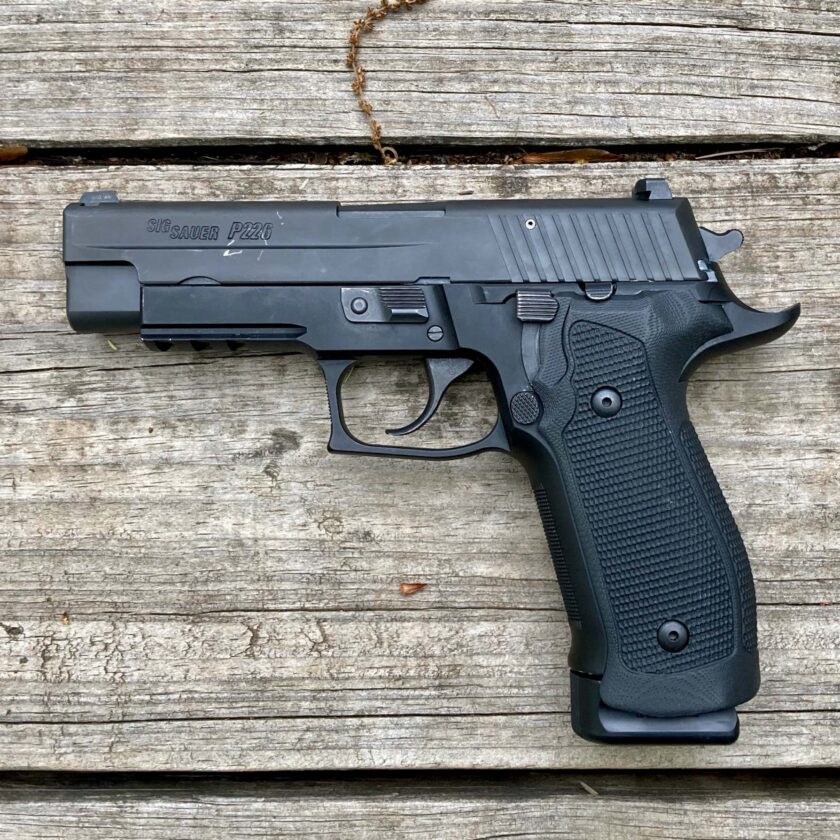
Some guns are Single Action Only (SAO) or Double Action Only (DAO), and some are a combination, DA/SA. DA/SA guns are double action for the first shot, then the slide cocks the hammer for all successive shots. Most DA/SA pistols can be thumb-cocked if the hammer has a hammer spur (see the next photo).
Guns you Can and Can’t Manually Cock
The bottom line: look up the particular firearm’s action type. If it is striker fired it cannot be cocked, and if it is Double Action Only it cannot be cocked. If the gun is Single Action or Double Action…maybe. Revolvers can usually be cocked. There are some exceptions as the photo below illustrates.
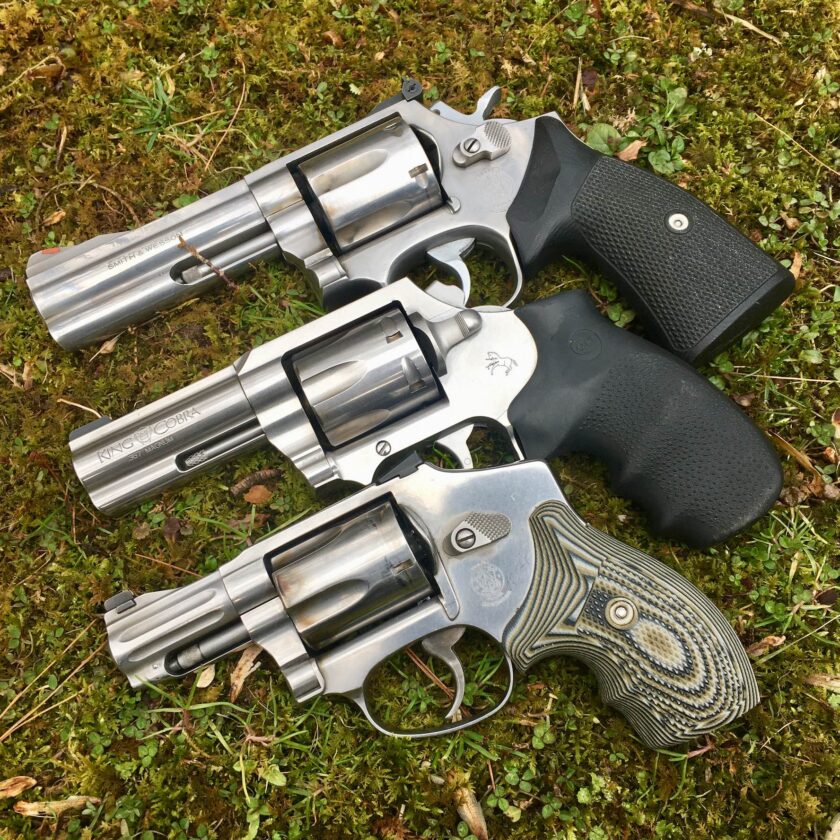
Some guns are in the “maybe” category in regards to cocking. DA handguns like the Beretta 92, the Sig P226 shown above, or the 1911 can technically be cocked, but cocking them doesn’t make a ton of sense. First, the 1911 should already be cocked. Most 1911 users carry the gun in “cocked and locked” (hammer back, safeties engaged) condition. The DA handguns don’t need to be cocked to fire, so cocking them doesn’t make them faster to employ, just less safe to handle.
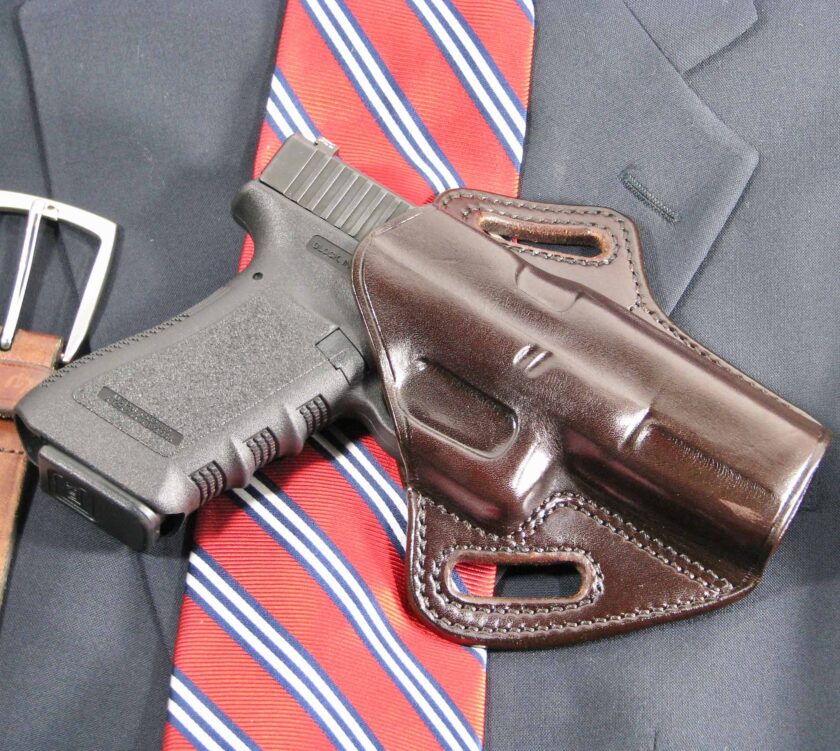
Some guns simply can’t be thumb-cocked. The most notable example is the family of modern, striker-fired (technically DAO) pistols. They do not have a hammer to cock. Specific examples include all Glocks, S&W M&Ps, Sig P320s and P365s.
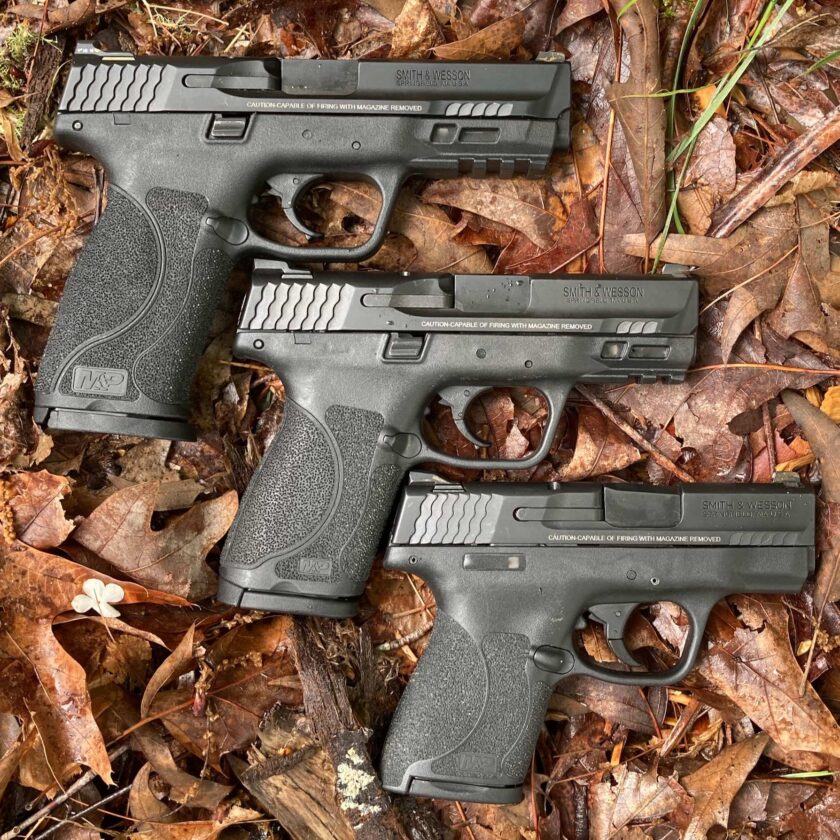
If your character is a professional and competent with firearms, please don’t have him/her thumb-cock. It’s a silly device and no halfway decent cop, soldier, or P.I. would do it. If you must, thumb-cocking might be best reserved for a character who is somewhat inept with firearms. Just make sure you’re using the correct firearm.
Gun/Caliber Mismatches
This isn’t super common but it does happen. I remember once, when I lived in the barracks, purchasing a Navy SEAL memoir from the PX. The first few pages described the author gearing up for a HALO jump. He described his kit, the mission, the darkness. The action hooked me. Then he began describing his armament and mentioned his “Glock 22 loaded with 17 rounds of 9mm ammunition.” Anyone see a problem there?
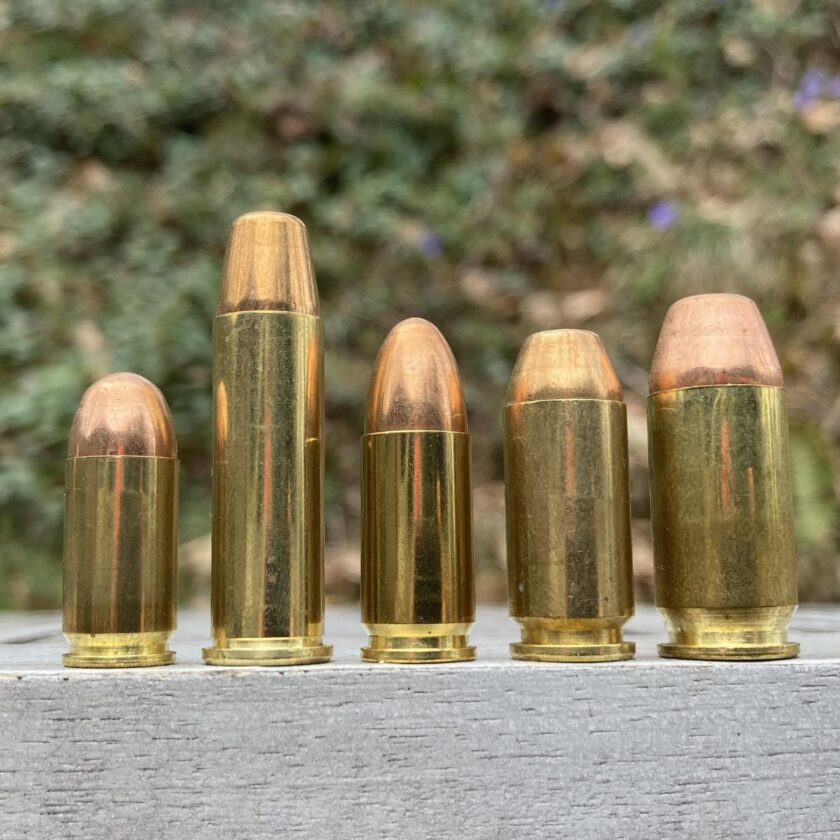
The Glock 22 is chambered in .40 S&W. Glock makes a number of 9mm pistols, including models 17, 19, 19X, 34, 43, 48…but not the Glock 22. My chief advice is: do your research. We can make some generalities. Semi-automatic pistols are usually chambered in 9mm, .40, and .45. Revolvers are very frequently chambered in .38 Special or .357 Magnum. Some guns, like the 1911 have a flagship caliber (.45 in the case of the 1911) but most are available in several calibers. Do your research before you commit.
Closing Thoughts
I doubt any actual authors are reading this, though again, if you are an author and have gun-related questions, get in touch with me! I would be glad to help, and I’ll tell you what I know, and I’ll tell you if I don’t know something. Mostly this was just a fun excuse to discuss some common gun mistakes in fiction writing. Let me know if you enjoyed it – I might be back with another installment on terminal ballistics or something…
†In fairness to Pressfield the book was set in the future. Maybe in the future Glocks do have safeties.
‡Except for a handful of prototypes submitted to the US military for testing and some one-off runs for foreign militaries/law enforcement entities. Those samples are extraordinarily rare, though. They are so rare that it still isn’t plausible to expect a bad guy in LA or a private investigator in Boston or a detective in NYC to be armed with one.






1 thought on “Gun Mistakes in Fiction Writing: Handgun Edition”
Comments are closed.